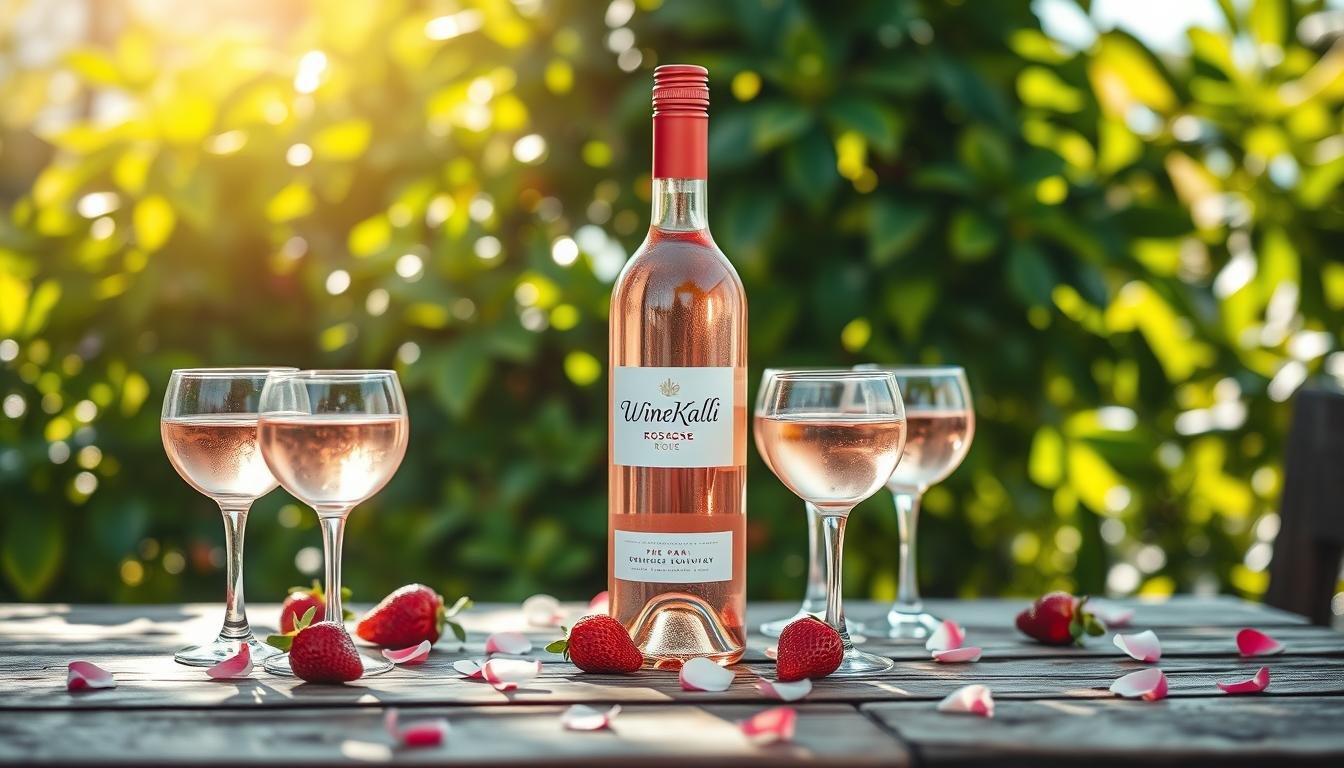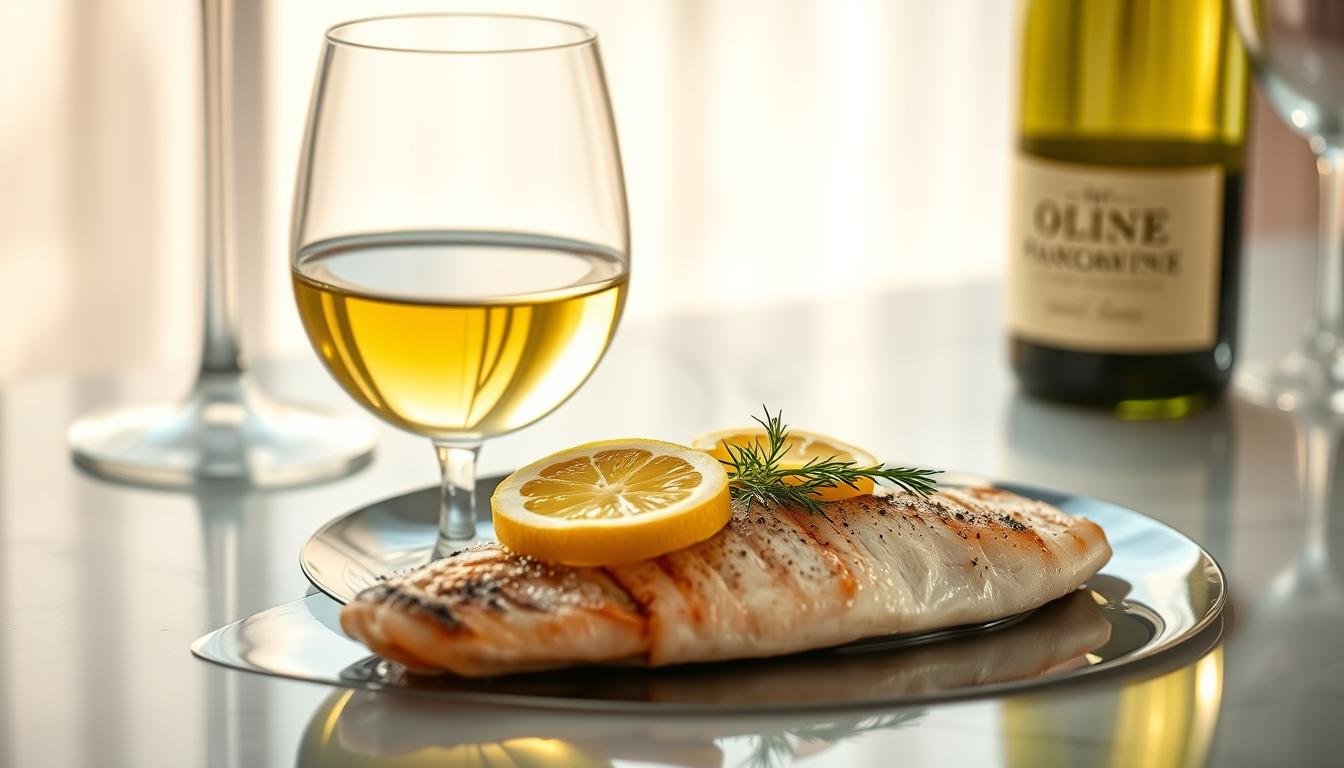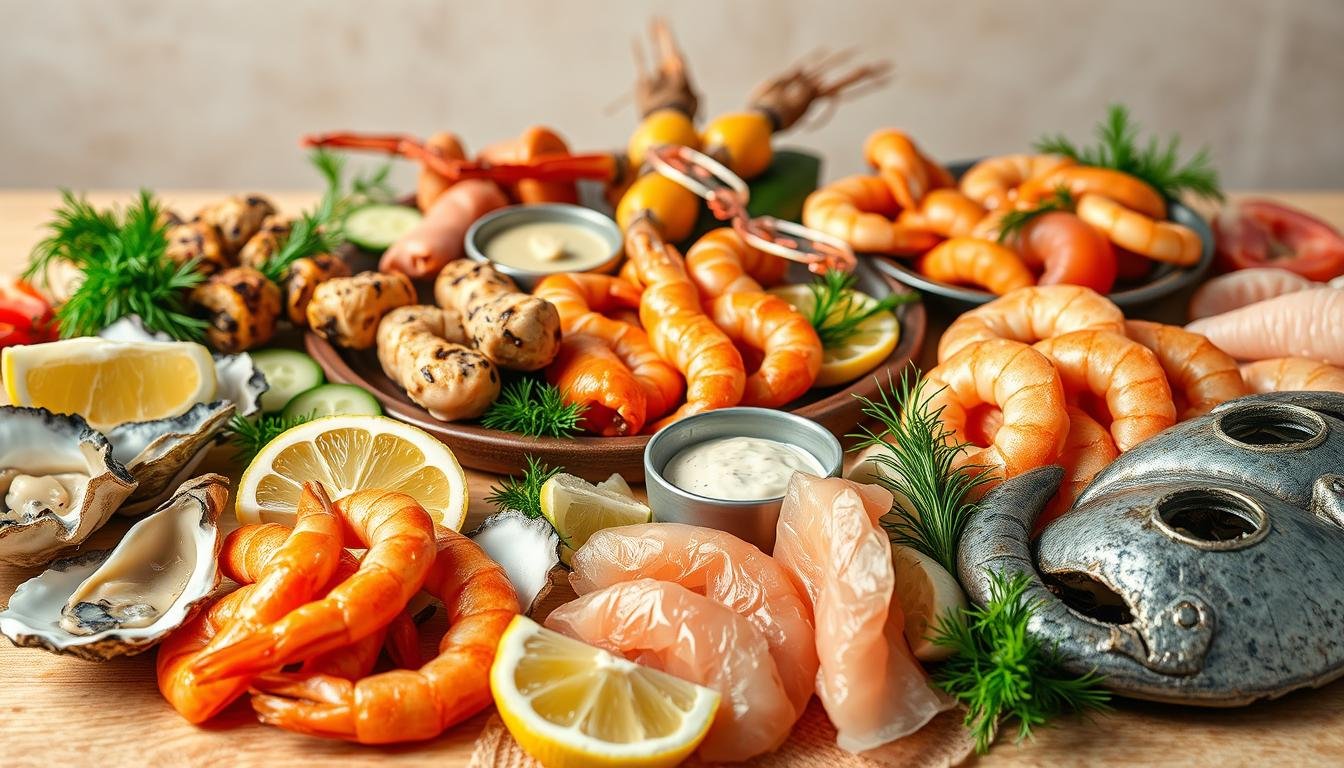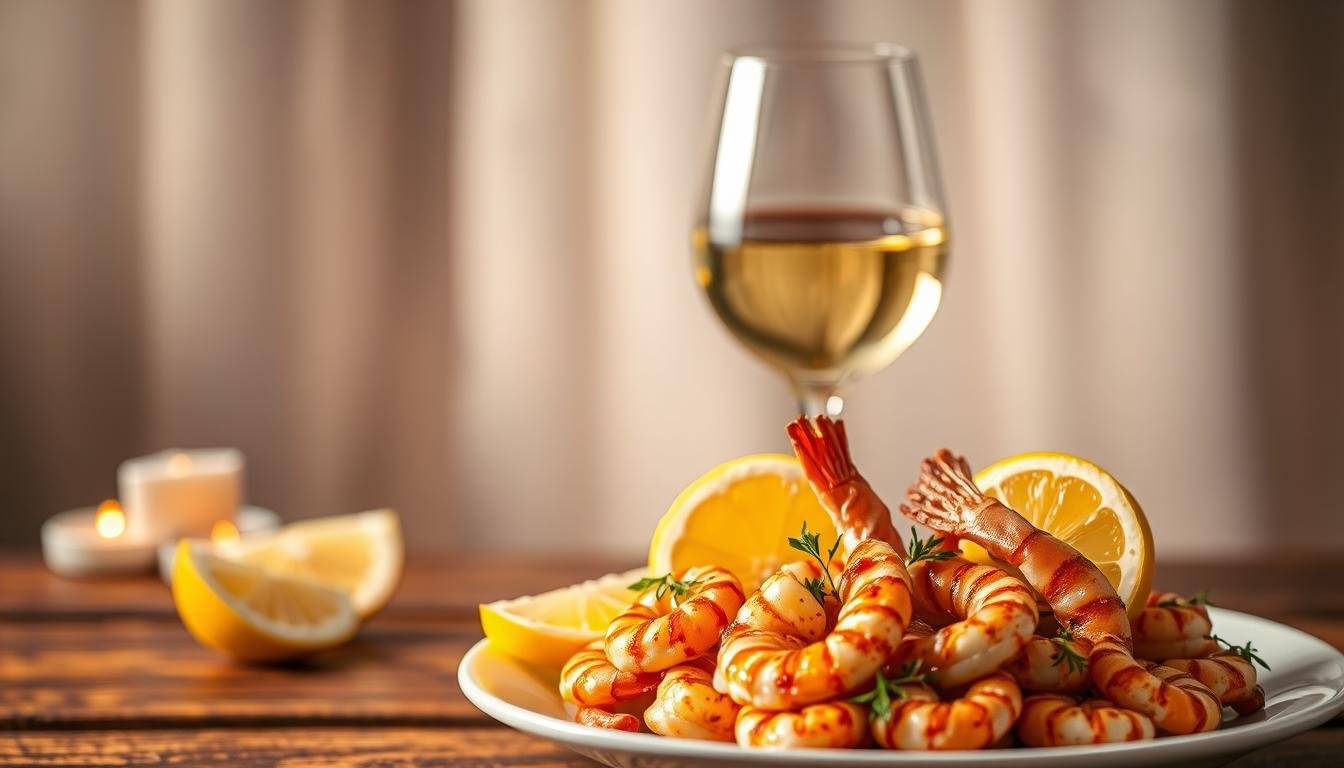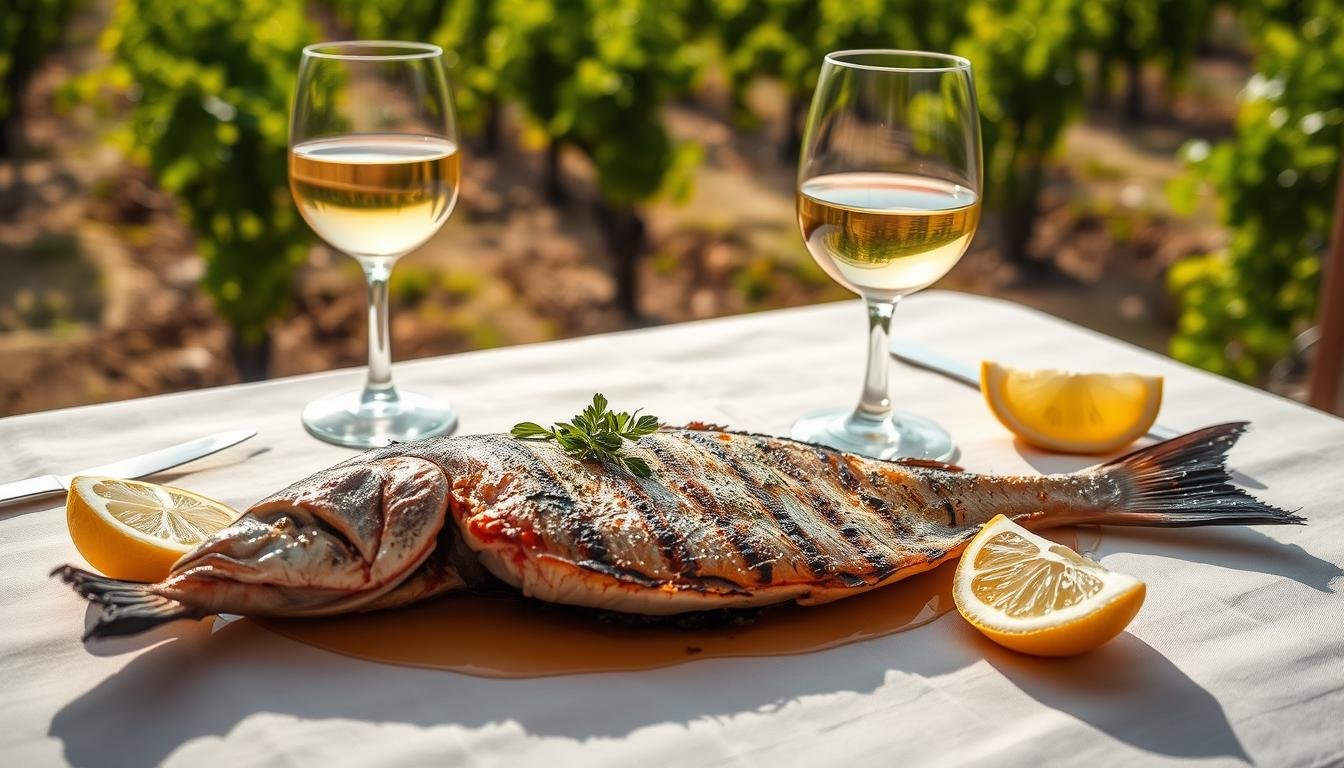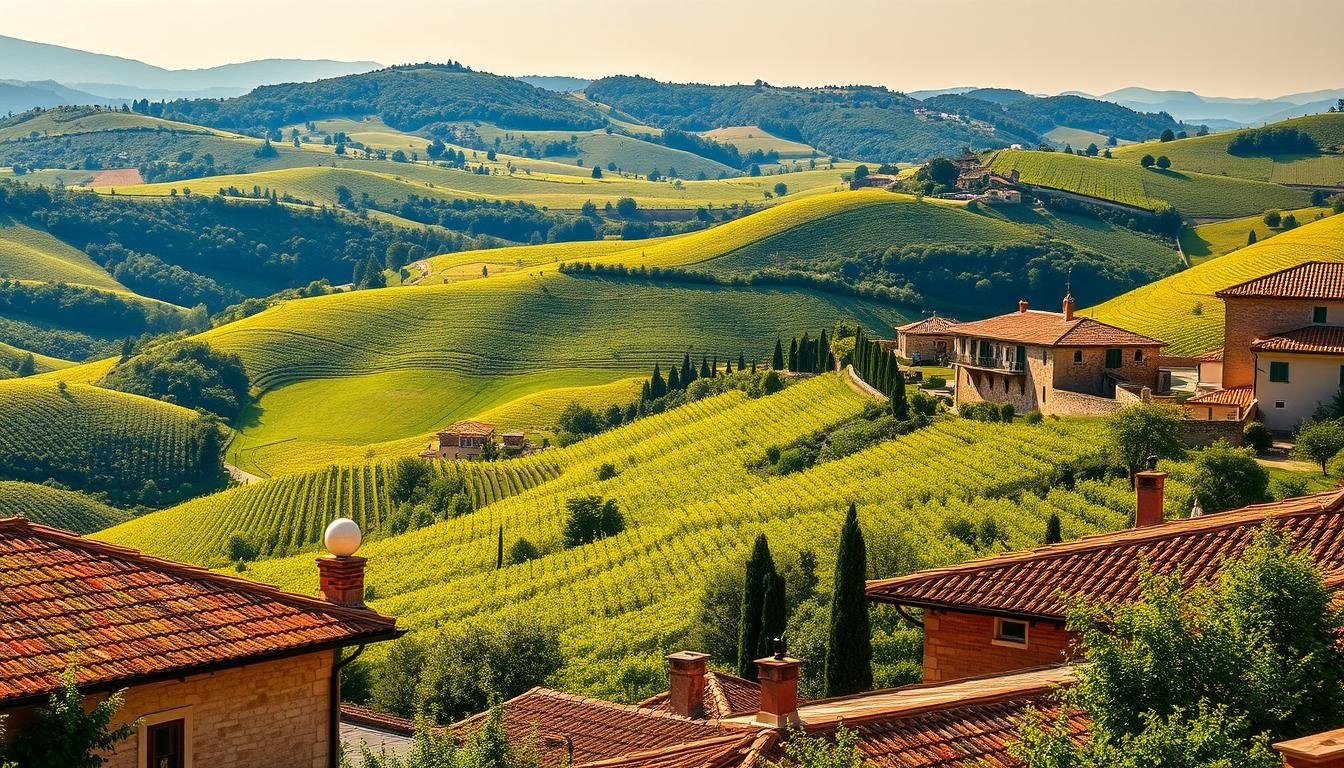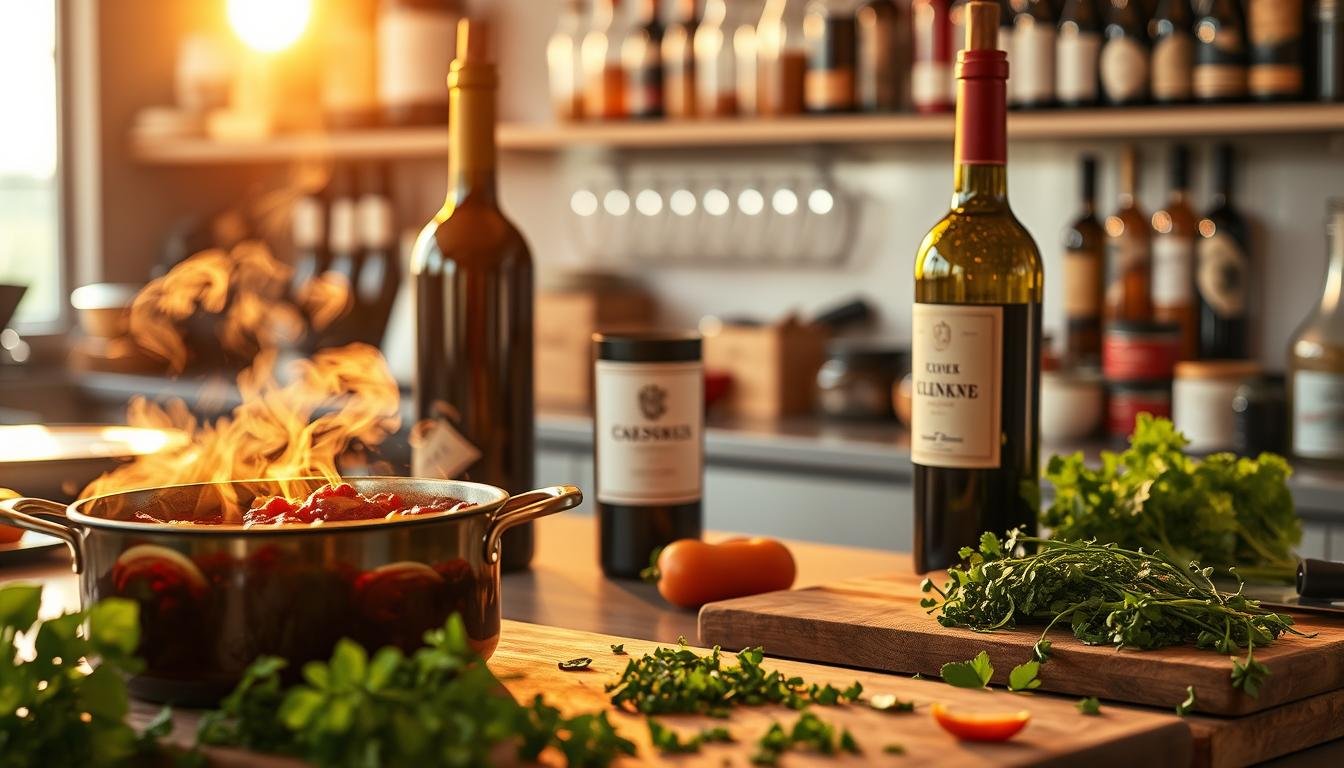Exploring rose wine opens up a world of delight and versatility. Its refreshing taste and vibrant colors have made it a favorite among wine lovers. This article will guide you through the world of rose wine, from how it’s made to how to pair it with food.
Whether you’re new to wine or already a fan, this guide will help you enjoy the perfect rose wine. You’ll learn about different types and how to match them with your favorite dishes. With its growing popularity, rose wine is now a key player in the wine market.
As you explore rose wine, you’ll find many styles, like sweet and dry roses. Each has its own flavor. With the right advice, you can find the perfect rose wine for you. Let’s start this journey together.
Key Takeaways
- Rose wine has seen a surge in popularity in recent years, captivating wine enthusiasts with its refreshing taste and vibrant hues.
- Understanding the different rose wine types, including sweet roses and dry roses, can help you find the best rose wine that suits your taste.
- Rose wine pairs well with a variety of dishes, including seafood, salads, grilled vegetables, and light meats.
- The ideal chilling temperature for rose wine is between 45-55°F (7-13°C).
- Proper serving involves filling the glass to about one-third full to appreciate the color and aroma of the rose wine.
- Rose wine can range from bone-dry to slightly sweet, indicating variability in consumer preferences.
What is Rosé Wine?
Rosé wine is made from red grapes but has a shorter maceration time. This gives it a pink color and a lighter flavor. When you buy rose wine, you’re not just getting a drink. You’re experiencing the culture and tradition of its origin.
There are three main ways to make rosé wine: skin contact, saignée, and blending. The skin contact method keeps grape skins in contact with the juice for 2 to 20 hours. This brief time gives the wine its pink color and delicate flavors, making it a refreshing drink. If you’re curious about rose wine origins, you can learn about the different regions and methods used.
Popular rosé wines include Provence, Tavel, and Grenache. Each has its own flavor and characteristics. With so many styles and prices, rose wine is perfect for everyone. Whether you’re a wine expert or new to wine, rosé is a great choice. You can easily buy rose wine online or in stores.
Here are some key facts about rosé wine:
- Rosé wine is made from red grapes
- It has a shorter maceration time than red wine
- It can be produced using skin contact, saignée, or blending methods
- It is a refreshing and versatile beverage
Popular Rosé Wine Regions
Some of the top rose wine brands come from certain regions worldwide. Provence, France, is known for its excellent rosés. These wines are pale pink and have delicate flavors. Rose wine reviews say Provence rosé is like a cool summer breeze, refreshing and light.
California, USA, also makes a variety of rosés with different tastes. It’s important to think about the region and grape types when pairing rose wines. For example, Provence rosé goes well with light dishes and salads. California rosé pairs better with richer foods.
Wines like Whispering Angel from Château d’Esclans and Clos du Temple rosé are highly praised. They offer great pairing options. Whether you want a refreshing drink for summer or a wine for a special meal, trying different brands and regions can help you find the best one.
| Region | Notable Wine Brands | Pairing Suggestions |
|---|---|---|
| Provence, France | Whispering Angel, Château La Mascaronne | Light appetizers, salads, seafood |
| California, USA | Clos du Temple, Château Ste. Michelle | Richer dishes, grilled meats, cheeses |
How to Choose the Right Rosé Wine
Choosing a rosé wine can be fun with so many options. You can pick from different rose wine types and enjoy their rose wine benefits. Each type has its own taste and rose wine origins.
It’s important to understand the different flavors. You can find dry, sweet, and sparkling rosé wines. Each has its own special qualities.
Reading wine labels is key. They tell you about the wine’s origin, grape, and how it was made. Also, the vintage matters a lot. It affects the wine’s quality and taste.
Understanding Flavor Profiles
Old World rosé is usually very dry. New World rosé can be sweeter and fuller. Rosé colors range from deep magenta to light orange or salmon.
Exploring different rose wine types can help you find your favorite. It’s all about finding what you like best.
Reading Wine Labels
Wine labels can seem confusing, but they’re full of useful info. Look for grape variety, production methods, and vintage. This info helps you choose a rosé that fits your taste and rose wine benefits.
The Importance of Vintage
The wine’s age, or vintage, is crucial. Younger rosé wines are best for summer. The ideal serving temperature is between 8°C and 12°C.
When picking a rosé, think about its sweetness, acidity, and tannins. This ensures it goes well with your food and offers the rose wine benefits you want.
| Characteristic | Description |
|---|---|
| Flavor Profile | Dry, sweet, sparkling |
| Color | Deep magenta to light orange or salmon hues |
| Vintage | Younger wines for summer consumption |
Best Food Pairings with Rosé Wine
Rosé wine is great with many dishes. It’s perfect for light appetizers to sweet desserts. Choose a wine that matches your dish’s flavor. For example, dry rosé goes well with salads, while sweet rosé pairs with seafood.
Seafood like grilled shrimp and light meats like chicken are great with rosé. It also pairs well with cheeses, fruits, and nuts. This makes it perfect for a cheeseboard or charcuterie platter. Rosé wine is versatile, making it ideal for any meal. Check out rose wine reviews to find the best bottle for your dinner.
Here are some specific rose wine pairings to try:
- Grilled shrimp with mango salsa
- Seared scallops with lemon butter
- Chicken Caesar salad with creamy dressing
- Cheeseboard with a variety of cheeses, fruits, and nuts
Match the wine’s flavor with your dish for the best pairing. Rose wine is versatile and pairs well with many dishes. Try it and discover its benefits for yourself.
| Dish | Rosé Wine Pairing |
|---|---|
| Grilled shrimp | Dry rosé |
| Seared scallops | Sweet rosé |
| Chicken Caesar salad | Dry rosé |
| Cheeseboard | Sweet or dry rosé |
The Proper Way to Serve Rosé Wine
Serving rose wine right can really enhance its taste. The key is to keep it at the right temperature. Aim for 45-55°F (7-13°C) for the best flavor. This range keeps the wine’s refreshing acidity and delicate aromas just right for a summer day.
There’s a wide range of rose wines out there. Each has its own special taste. If you’re looking to buy rose wine, think about what you like. Do you prefer a dry, crisp taste or something sweeter and fruitier? There’s a rose wine for everyone.
Here are some tips for serving rose wine:
- Chill the wine in the refrigerator for at least 2 hours before serving
- Use a stemmed wine glass with a tulip-shaped bowl to enhance the wine’s aromas and allow for proper aeration
- Avoid serving rose wine in a glass that’s too large or too small, as this can affect the wine’s flavor and aroma
By following these tips, you can fully enjoy your rose wine. So, go ahead and buy some rose wine. Experience the perfect mix of flavor and refreshment.
| Wine Type | Ideal Serving Temperature |
|---|---|
| Rosé | 45-55°F (7-13°C) |
| Sparkling Rosé | 43-47°F (6-8°C) |
| Provençal style Rosé | 47-49°F (7-9°C) |
Tasting Notes: What to Look For in Rosé
The color of rose wine is key when reviewing it. It can range from pale salmon to deep ruby. This depends on the grape and winemaking process. A good rosé has a bright pink color, showing the maceration time.
The aromas and flavors of rosé are crucial too. You might smell strawberries, raspberries, and cherries. A quality rosé should taste sweet but also have a good acidity. Knowing how rosé is made helps appreciate its origins and craftsmanship.
There are a few ways to make rosé. The maceration method uses red grapes for a few hours. The Saignée method makes fuller-bodied rosé by draining off juice. Understanding these methods helps choose a rosé that fits your taste.
- Vibrant pink hue
- Balanced aroma and flavor profile
- Good balance between sweetness and acidity
- Notes of fruits, such as strawberries and raspberries
| Production Method | Characteristics |
|---|---|
| Maceration | Pale color, fruity aromas |
| Saignée | Deeper color, full-bodied flavor |
Storing Rosé Wine Properly
To keep your rose wine tasting great, it’s important to store it right. Store it in a cool, dark spot with a temperature between 50-60°F (10-15°C). This keeps it fresh for longer.
Different rose wines, like Provence and Italian rose, need the same storage. Brands like Whispering Angel and White Zinfandel also benefit from this. Store your unopened wine in a cool, dark spot, away from sunlight and heat.
Here are some tips for storing rose wine:
- Keep it in a cool, dark place with a consistent temperature between 50-60°F (10-15°C)
- Store it away from direct sunlight and heat sources
- Use a wine fridge or a cool, dark closet
- Keep the bottle on its side to prevent the cork from drying out
Rose wine usually lasts a year or two. But some special wines might last longer. Always check with a wine store for details on your wine. With the right storage, you can enjoy your rose wine for a longer time.
By following these tips, your rose wine will stay fresh and tasty. Whether you love Provence or Whispering Angel, proper storage is key to enjoying your wine fully.
| Storage Conditions | Recommended Temperature | Humidity Level |
|---|---|---|
| Cool, dark place | 50-60°F (10-15°C) | 60% |
The Health Benefits of Drinking Rosé Wine
Drinking rose wine in moderation can be good for your health. Many reviews praise its ability to lower heart disease risk and offer antioxidants. Rose wine has been around for ages, and scientists have studied its health perks a lot.
It’s known to help lower heart disease risk. This is because of the antioxidants like resveratrol and polyphenols in the wine.
Some of the key rose wine benefits include:
- Reducing the risk of heart disease
- Providing antioxidants, such as resveratrol and polyphenols
- Lowering LDL (bad cholesterol) and raising HDL (good cholesterol)
A 5 oz. glass of rose wine has about 82 calories. This makes it a low-calorie drink choice. It also has potassium, which is good for metabolism and keeping fluids balanced.
The potassium in rose wine can help lower blood pressure. This is because it counteracts the negative effects of salt. With its mix of red and white grapes, rose wine is a light and healthy wine option.
Rose wine can be a good part of a healthy lifestyle if drunk in moderation. It has many health benefits and is low in calories. It’s perfect for those who want a tasty and healthy wine to enjoy with meals or on its own.
| Wine Type | Calories per 5 oz. serving | Antioxidant Content |
|---|---|---|
| Rose Wine | 82 | High |
| Red Wine | 125 | Very High |
| White Wine | 120 | Low |
Popular Rosé Wine Brands to Try
Choosing a rose wine can be exciting with so many great brands out there. Reading reviews and learning about different types can help you find your favorite. French brands like Provence and Tavel are known for their light flavors and beautiful pink color.
In the United States, California and Oregon are home to many excellent rose wines. You can find a wide range of flavors and styles. Whether you like your rose sweet or dry, there’s a brand for everyone.
Some top brands to try include Barefoot, Bota Box, and Etude Winery. Each offers a unique take on rose wine. Exploring different brands and types can lead to new favorites and a deeper appreciation for rose wine.
| Brand | ABV | Price |
|---|---|---|
| Barefoot | 10% | $10.99 |
| Bota Box | 11.5% | $10.99 |
| Etude Winery | 12.2% | $40 |
Investing in Rosé Wine
When thinking about wine investments, rose wine is often ignored. But, with its rising popularity, it’s worth a look. If you’re thinking about buying rose wine for investment, there are key things to remember.
The wine’s origin is crucial. Rose wine from places like Provence, France, is highly sought after. It can also grow in value over time. The grape variety and how it’s made also play a big role in its aging potential.
Here are some tips for new wine collectors:
- Research the market and understand the different types of rose wine available
- Consider the wine’s origin, grape variety, and production methods
- Look for wines with potential for aging and appreciation
By following these tips and doing your research, you can make smart choices when investing in rose wine. Whether it’s for drinking or as an investment, it’s a thrilling and potentially profitable journey.
| Wine Type | Origin | Price Range |
|---|---|---|
| Rose Wine | Provence, France | $20-$50 |
| Rose Wine | California, USA | $15-$30 |
Understanding Rosé Wine Prices
Rose wine prices can vary a lot. This depends on where it’s from, the grapes used, and how it’s made. You can find rose wines that are cheap or very expensive. The price is influenced by the grapes, winemaking, and how it’s sold.
Some rose wines, like Château Miraval and Domaines Ott, can cost a lot, from €20 to €40. But, there are also cheaper options. For example, Mas Baux and Domaine de Nizas start at around €7 and €10, respectively.
Here are some things that can make rose wine more expensive:
- Quality of grapes: Better grapes mean more expensive wine.
- Winemaking techniques: Old methods can cost more than new ones.
- Organic certification: Growing grapes organically is pricier.
- Distribution costs: Shipping, taxes, and middlemen add to the price.
To help you understand, here’s a table with price ranges for different rose wines:
| Type of Rose Wine | Approximate Price Range |
|---|---|
| Rose table wines | €3 to €10 per bottle |
| Estate rose wines | €10 to €20 per bottle |
| High-end rose wines | €20 and up per bottle |
| Organic rose wines | €12 to €25 per bottle |
Knowing these factors and price ranges helps you choose the right rose wine. Whether you want something affordable or a luxury wine, you can find it.
Hosting a Rosé Wine Tasting Event
Planning a rose wine tasting event? Think about the types of rose wine, food pairings, and the atmosphere. Choose 3-5 bottles from places like Provence, France, or California, USA. This will give your guests a chance to compare different wines.
A blind tasting is a fun way to do it. Hide the wine labels so guests can judge without bias. Aim for 5 guests to keep the event cozy. Use disposable cups and plates for easy cleanup and a relaxed vibe.
Essential Wine Tasting Etiquette
Use the right glasses, like stemmed ones with a tulip bowl, to improve the tasting. Serve rose wine between 45-52°F. Give guests scorecards to note their favorites and have a water station for staying hydrated.
For pairings, think about fresh seafood, meats, cheeses, salads, grilled veggies, and poultry. These foods match the fruity flavors of rose wine. Follow these tips to make your event a hit with your guests.

